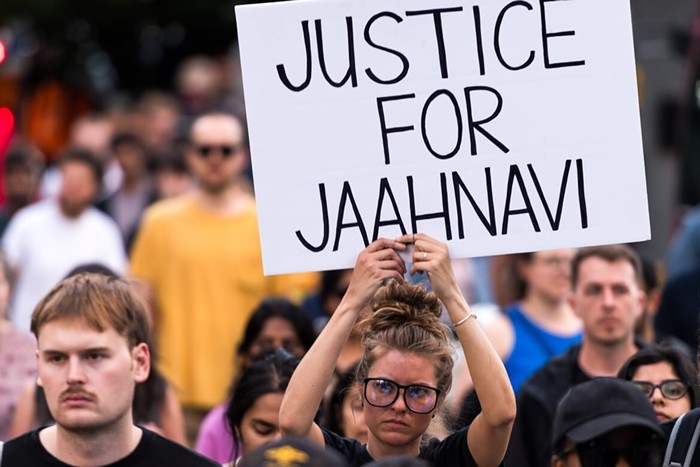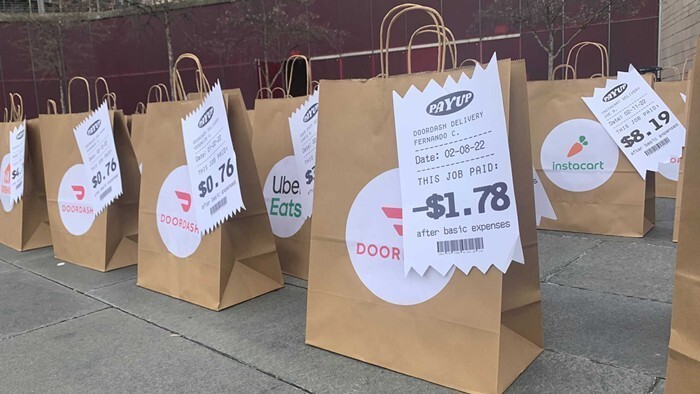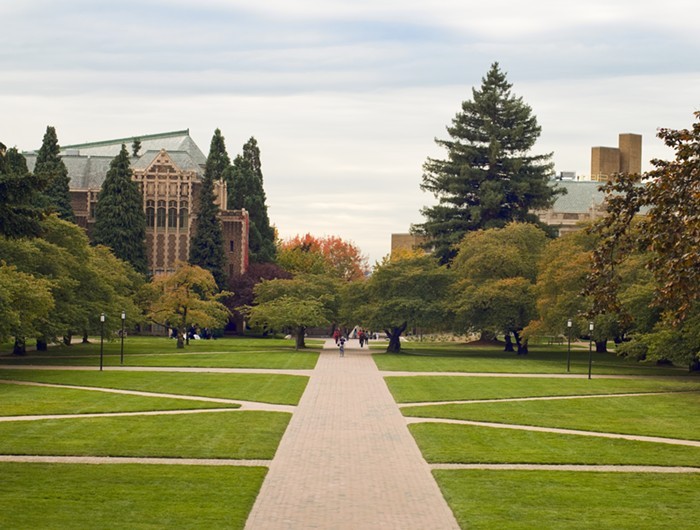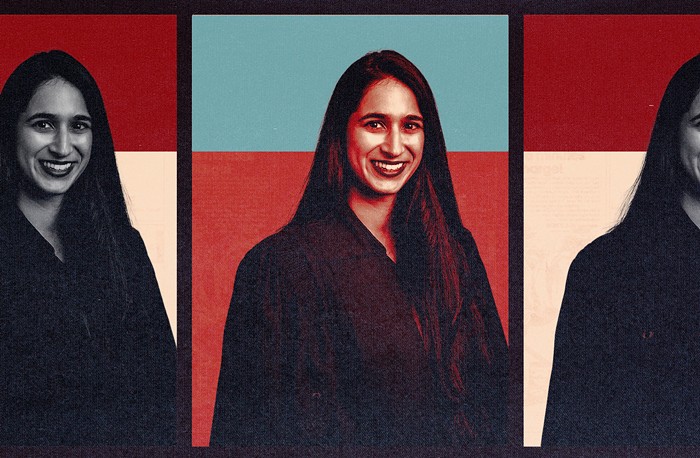Folks like Grace Reamer, a woman who lives between the Central District's Judkins Park and Colman Park, came to Pageler's hearing to protest the city's proposed expansion. It's not that she thinks the expanded AIA is too sweeping; rather, Reamer thinks the proposal isn't sweeping enough. She lives just three blocks outside the proposed new area's southeast boundary, and she'd rather be in it. "We have approximately six stores within a few blocks of me selling fortified alcohol," Reamer says, and it's already a problem for her and her neighbors. "We have [chronic public inebriates] that live here, asking us for money every day. They've even come to my door to ask for money when they're drunk." If the new AIA means the central core of Seattle is essentially shut down to street alcoholics, Reamer fears it will get worse right across the AIA border, in her backyard. "I think the problem will migrate to our area instead."
The expanded AIA, Seattle's NIMBY issue du jour, is quickly becoming a recipe for slippery-slope politics. Plenty of neighbors aren't happy with the newly proposed boundaries--unless they're included within them. Areas that are left out--like Reamer's neighborhood--are already petitioning the city to redraw the AIA. Heck, Reamer would be thrilled if the whole city, especially its residential areas, were an AIA. "Why do we have to have street drunks in our neighborhoods? There's nothing that says that's a right they have," she points out.
But that's what worries AIA critics like University District Community Council President Matt Fox. "At some point we're going to be calling our entire city an AIA, and I don't think that's the intent of the law," says Fox. "It's doomed to fail."
The city has data backing up Fox's expansion fears: It drafted a map that shows public drunkenness problems in neighborhoods not roped into the expanded AIA. The maps were drawn earlier this year by the city's Neighborhood Action Team Seattle (NATS) to come up with the expansion boundaries--state liquor board rules require Seattle to document problems with public inebriation in order to request an AIA. NATS gathered police and fire-department data to draw up big colorful maps of alcohol-related 911 calls. The central core and the U-District were the most colorful areas on the maps, indicating the biggest problem: Fifty percent of alcohol-related medical incident calls and 80 percent of calls for drinking in public originated in those areas.
But other areas, like Ballard, Lake City, and parts of Rainier Valley, are also flagged as problematic. Plus, it's possible the new AIA could push even more public drinking into those neighborhoods. (That happened around central Tacoma's AIA, the state's first. Alcohol-related emergencies outside that AIA rose 15 percent after it was enacted.) It's likely neighborhoods outside the expanded Seattle AIA will call for another expansion in a few years, as Fox points out. But the Washington State Liquor Control Board doesn't allow entire cities to be declared AIAs, so Seattle may be forced into creating a strange patchwork quilt of neighborhood business district AIAs--anywhere there's a mini-mart or grocery store that sells cans of beer--to satisfy all the neighbors.
Even if the city can placate all the neighbors, the real opposition to an AIA are the shops that sell the beer. Most storeowners in the center of the city simply don't want to stop selling single servings of beer to street drunks, or to folks who occasionally want a cold one to drink at home. "Bums buy cheap beer and we can't sell it," grumbles a woman working at Saveway Market, one of only two shops affected by the Pioneer Square AIA. But other shops can, and even with a bigger AIA, cheap single-serve beer will most likely be available somewhere just beyond the border, which isn't fair to the shops inside the border, storeowners complain.
Lastly, critics point out that banning single cans of beer won't squash public drinking. Alcoholics will find a way around the rules, and they'll find beer. Chris Martin, head of CleanScapes, an organization that does maintenance in Pioneer Square and Capitol Hill, points out that you can still buy a six-pack of beer (for just over $3 at Saveway, by the way) within the Pioneer Square AIA. "Enterprising entrepreneurs get six-packs or cases, divide them, and sell them," he says.
Regardless of the debate, it's likely the AIA will expand, if only to pacify neighbors in Capitol Hill, Lower Queen Anne, and the U-District who like what they see in Pioneer Square (where residents and businesses are generally happy with their new AIA). It's the only solution to chronic public drunkenness the city seems able to offer, especially in light of social-service funding shortfalls. But even public officials seem mindful that it's not a real, permanent solution. "[We need] access to treatment and access to housing and shelter, as well as ways to interfere with the supply of that poison that is killing people," Pageler said at her public hearing. Jordan Royer, from NATS, agreed. "This is only one part of a comprehensive strategy."

















